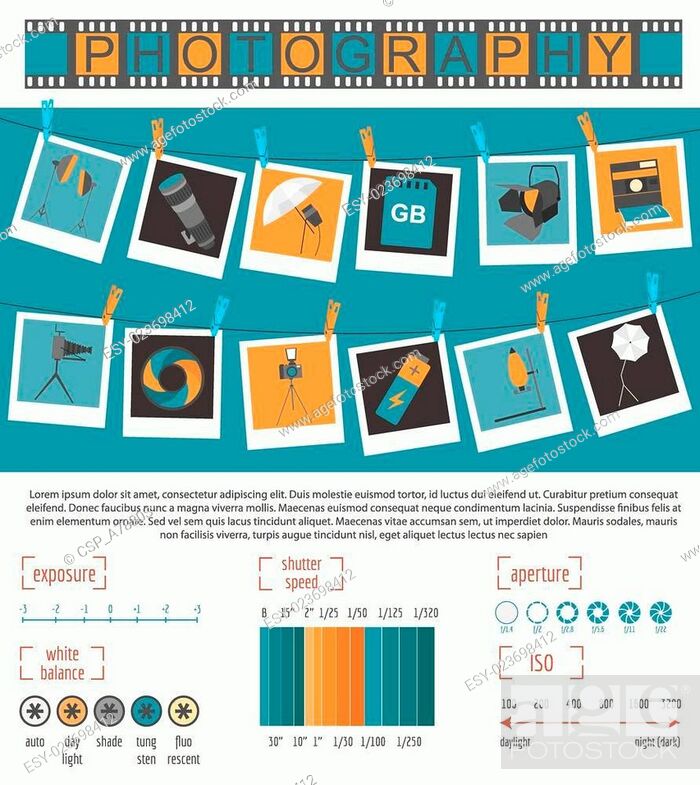Photography Tips For Beginners: Grasping Your Cam In A Snap
Photography Tips For Beginners: Grasping Your Cam In A Snap
Blog Article
Content Writer-Whitley Bryant
When you initially grab your camera, it can feel frustrating with all the setups and options available. You may find yourself asking yourself exactly how to navigate aperture, shutter rate, and ISO properly. Mastering these principles is crucial, however there's more to photography than simply technical knowledge. Comprehending make-up techniques and lights problems can boost your pictures significantly. So, what if https://www.digitalcameraworld.com/tutorials/10-tips-for-instagram-success-with-your-photography could learn easy strategies to boost your abilities and begin catching excellent pictures faster than you assume? Let's explore exactly how to transform your photography trip.
Comprehending Cam Setups
Understanding your electronic camera settings is critical for recording sensational pictures. When you get your camera, acquaint on your own with the three primary settings: aperture, shutter rate, and ISO. Each plays a crucial role in exactly how your photos turn out.
Start with aperture, which regulates the quantity of light getting in the lens. A larger aperture (reduced f-number) allows more light and develops a stunning background blur, best for portraits. Conversely, a narrower aperture (greater f-number) maintains more of the scene in focus, ideal for landscapes.
Next off, concentrate on shutter rate. This setup identifies the length of time your video camera's sensing unit is revealed to light. A quick shutter speed freezes motion, which is great for action shots, while a slow-moving shutter rate can develop stunning impacts like smooth water in landscapes.
Last but not least, readjust your ISO. https://telegra.ph/Exactly-How-To-Select-The-Right-Cam-For-Your-Digital-Photography-Requirements-01-08 influences your electronic camera's level of sensitivity to light. A higher ISO serves in low-light scenarios however can present sound or grain. Aim for the lowest ISO feasible while still accomplishing correct exposure.
Structure Methods
When you're out shooting, make-up can make all the difference in how your pictures resonate with customers. Start by utilizing the regulation of thirds; visualize your frame divided into 9 equivalent areas with 2 horizontal and 2 upright lines. Setting crucial elements along these lines or at their junctions to produce equilibrium and rate of interest.
Next off, consider leading lines. These natural lines in your scene, like roadways or rivers, draw the viewer's eye right into the photograph, guiding them via the tale you're informing.
Do not forget framing; usage components within your scene, like trees or home windows, to create a framework around your topic, adding deepness and focus.
Additionally, watch on your history. https://writeablog.net/lazarowilton/figure-out-how-to-choose-the-excellent-electronic-camera-tailored-to-your cluttered history can distract from your major subject, while a straightforward one helps it stick out.
Finally, trying out symmetry and patterns; they can create a striking picture that catches focus.
Learning Lighting Conditions
Understanding lights problems is essential for catching sensational pictures, as the appropriate light can transform a normal scene into something amazing.
Begin by observing natural light at various times of the day. Early mornings and late afternoons offer the very best light, referred to as the gold hour. The soft, cozy tones during these times can boost your pictures perfectly.
Do not shy away from cloudy days either; diffused light can lessen harsh shadows and create a pleasing effect, especially for portraits.
Trying out backlighting by placing your subject versus the light. This technique can create a wonderful halo result and include deepness to your photos.
Pay attention to your camera settings as well. Change the ISO, aperture, and shutter speed to fit the illumination conditions. A higher ISO can assist in reduced light, yet beware of grain.
Use a tripod in darker atmospheres to stay clear of blur.
Last but not least, do not forget synthetic illumination. Flash and continuous lights can be fantastic devices for regulating light in challenging conditions.
Conclusion
In conclusion, understanding your electronic camera does not have to be frustrating. By comprehending your setups, using composition strategies, and harnessing the power of natural light, you'll quickly boost your photography skills. Keep in mind, practice makes ideal, so go out there and try out your newfound knowledge. With time and dedication, you'll be capturing spectacular images that reflect your distinct perspective. Appreciate the trip, and don't neglect to have fun while you're at it!
